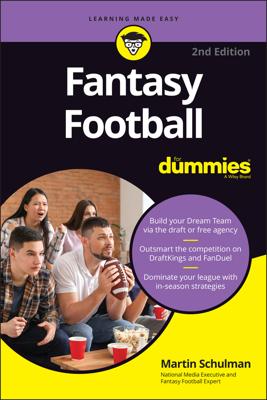Defenses in American football are under constant pressure in every game: One mistake in a defensive play (a missed tackle in the open field or a blown assignment, for example), and the opponent has points on the board. Here are a couple of the tricky situations that defenses face and advice for handling them.
Stopping a superstar on the opponent's offense
When playing against a superstar, whether he’s a running back or a quarterback, the defense must decide what facet of the offense it wants to focus on. Defenses can’t both stop the run and the pass against great offensive teams.
A team with a great safety can move its safety closer to the line of scrimmage without sacrificing its ability to cover receivers. The safety becomes another linebacker, the eighth man in the box. In other words, you have four defensive linemen and three linebackers, and you bring an extra run defender out of the secondary. If your safety reacts poorly, the defense can be susceptible to being beaten consistently by the pass.
Stopping the two-point conversion
On a two-point conversion attempt, teams try to spread the defense and then run some kind of pick pass pattern. Here’s how that pattern starts:
The offense aligns two receivers on one side of the formation.
The outside receiver runs toward the middle of the field, while the inside receiver runs, stops, and then heads in the direction of the outside receiver.
When the two receivers cross, the inside receiver tries to rub the man guarding him against the defender who’s covering his teammate.
That’s called a pick play. The desired result is an open receiver in the flat, the area beyond the defensive linemen but in front of the secondary.
In an effort to prevent the pick play, defenses trying to prevent two-point conversions are playing more and more zone coverage in the secondary. After all, they just can’t stop all the combinations of different pass routes, especially when offenses use a three-wide-receiver set. And the pick play is particularly successful against man-to-man coverage. So, in trying to prevent a two-point play, the defense anticipates that most teams won’t run. Most offenses line up in a one-back formation with three receivers to one side.
The key to defending against a two-point conversion attempt is not to blitz. Instead, the defense should use a four-man line and play a zone defense behind it. You can play as many as six or seven defensive backs across because the defense doesn’t have to worry about the depth of the field. (After all, the end zone is only 10 yards deep.)
Stuffing short yardage
The first thing you have to realize in short-yardage situations (third down and 1 yard, or fourth down and 1 yard or less) is that you can’t stop everything. So you have to prepare your defensive front people, the defensive line and the linebackers, to stop one or two particular plays. Usually, you have eight defenders on the line, a combination of linemen and linebackers, and defensive players over both tight ends. The key play that you have to be able to stop is the offense’s isolation play.
An isolation play is what happens when a fullback runs inside to block a defensive player standing by himself before the quarterback hands off the ball to the running back behind him. The running play is called the blast play, but it works because the fullback isolates a specific defensive player.
On this type of play, the defensive linemen must establish positive gap control:
In addition to lining up across from an offensive lineman and defeating his block, each defensive lineman must get his body into a gap.
He does this either by stunting (when the defensive linemen jump to one side or the other, confusing the offensive linemen) or by lining up on the shoulder of an offensive lineman and securing the gap.
Someone on defense must get some penetration across the line of scrimmage in order to have any chance of disrupting the play.
Offensive linemen have trouble blocking quicker players who are charging straight ahead into a gap.

